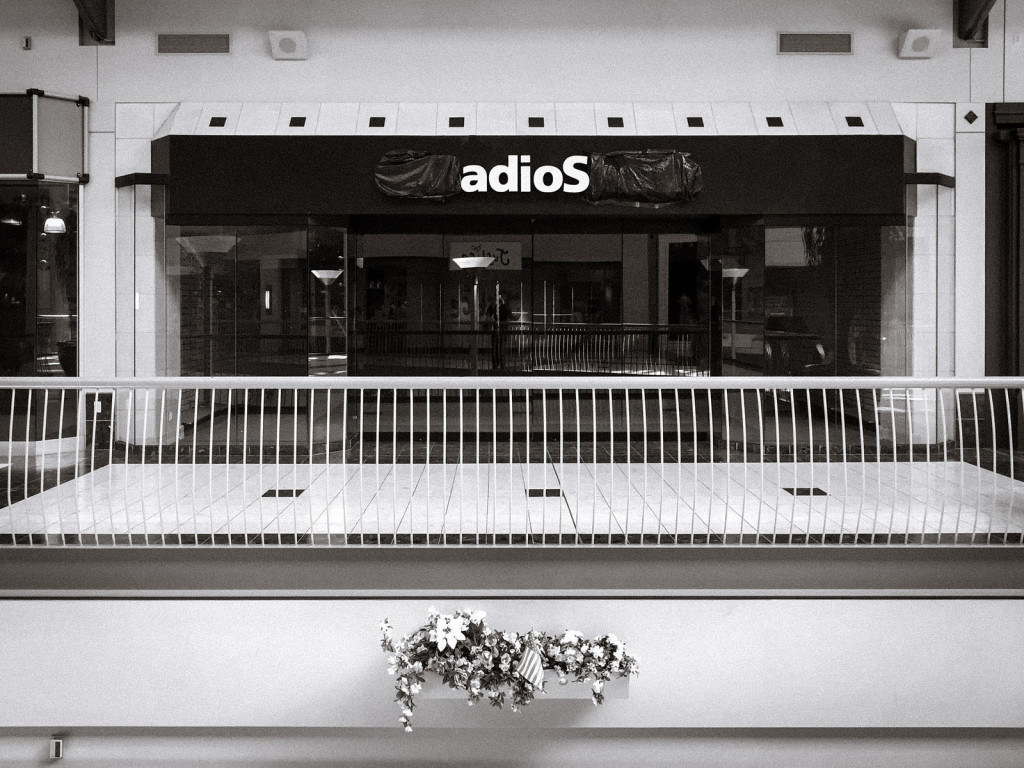Radioshack Creditors Claim Pre-Bankruptcy Shenanigans Go Back To Early 2014
Like people, corporations have secured and unsecured creditors: a secured line of credit, for example, would be a car loan, since the bank has the right to take the car back if you default on a loan. An unsecured line of credit for a person would be a credit card. If you declare bankruptcy, things and property that you own can be sold to repay creditors. You can keep a car to get around, but not an antique car collection. You can keep the home you live in, but your ski villas have to go.
Ideally, these assets would be sold to the highest bidder to raise the largest amount of money possible for creditors. Instead, more than half of all stores were closed, and 1,700 sold to Standard General, the senior creditor, using RadioShack’s debt as payment. Junior creditors objected, but at the time the bankruptcy judge said that saving jobs in those 1,700 stores was an important priority: other bidders for the stores themselves were liquidators.
In a complaint filed in federal court this week, the creditors claim that RadioShack CEO Joseph Magnacca began working with Standard General at the beginning of 2014, trading the top position in the chain’s lineup of creditors for a seat on the board at another company Standard General has lent millions to, American Apparel. (That company is also looking doomed right now.)
The creditors say that selling RadioShack stores at the “reduced price” of $145.5 million deprived junior creditors of receiving more bankruptcy proceeds, even if it did save thousands of jobs.
RadioShack Creditors Sue Hedge Fund Over Chain’s Collapse [Bloomberg News]
Want more consumer news? Visit our parent organization, Consumer Reports, for the latest on scams, recalls, and other consumer issues.


